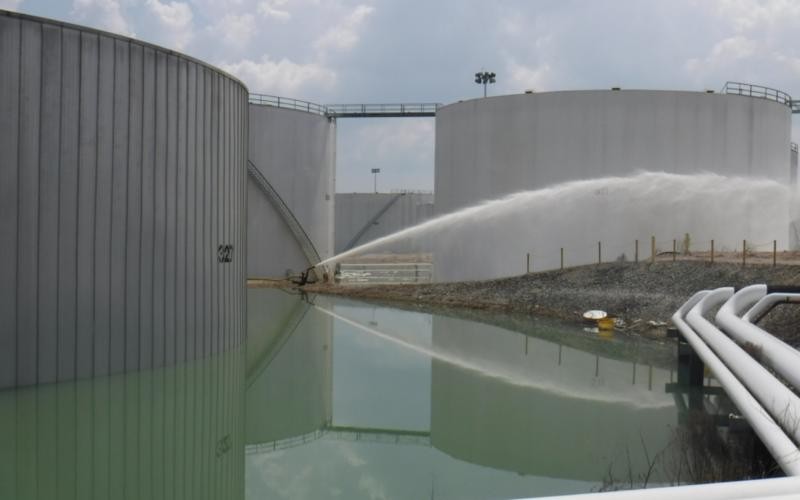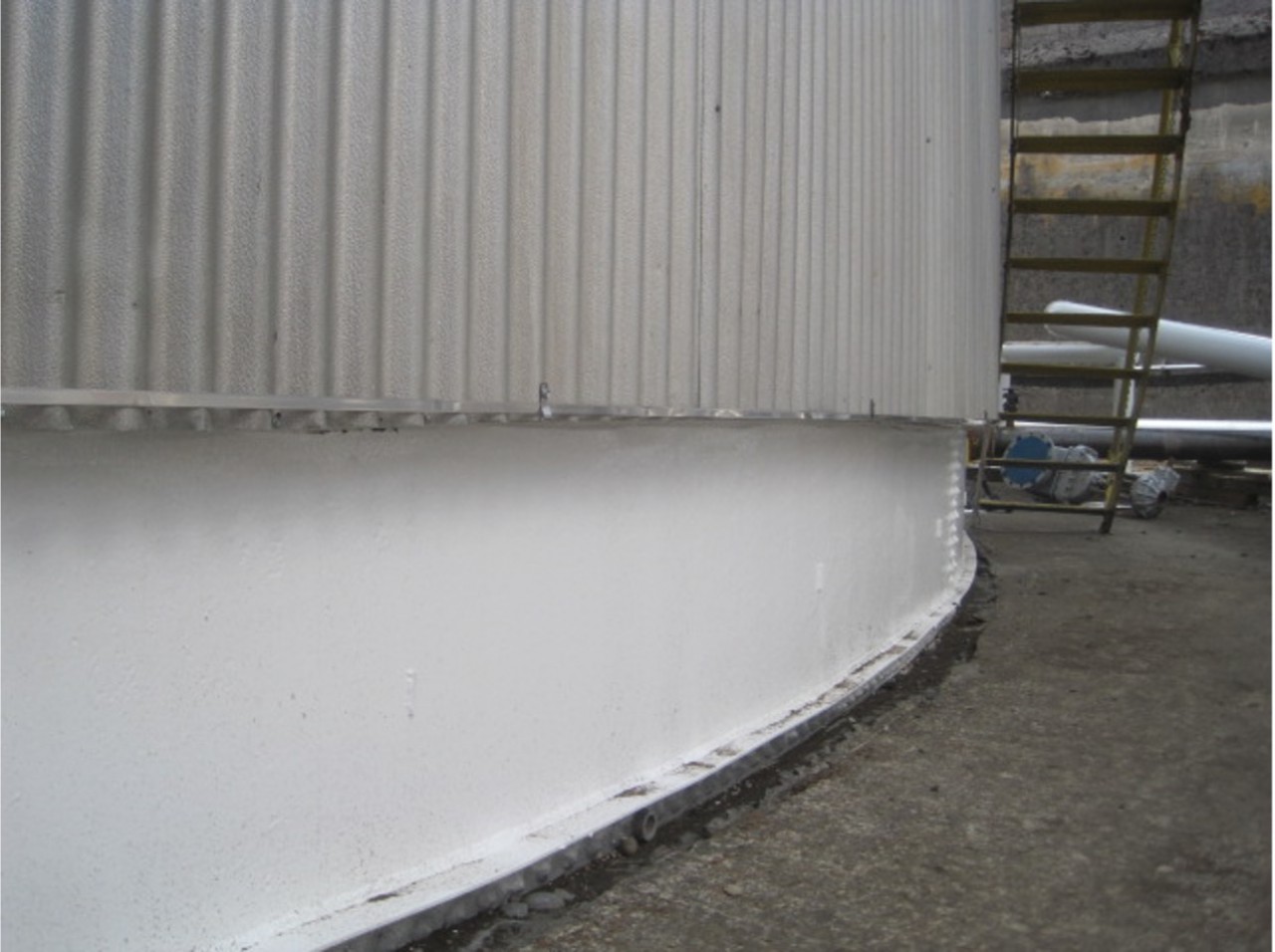A Better Insulation Solution for Flood Prone Areas
Retention areas around storage tanks are a necessity to keep accidental leaks contained to the site. Diked areas must be sufficiently impervious to contain discharged product, keeping the facility and the community surrounding it safe from harm. Unfortunately, this can cause another problem when torrential rains cause flooding. Rain and floodwater collecting in the retention area can sit there for an extended period (depending on the severity of the storm) and how long the rain continues. When this happens, a string of maintenance issues will arise that can cause long-term damage, costing time and money to clean up.
After the water fills the area around the storage vessel (and if there is no leaking product), the main issue that will appear is saturated insulation. It doesn't matter how well the jacketing is fabricated, standing water can be absorbed into the insulation material, and its negative effects will begin to take hold quickly. When the water subsides, the most immediate problem is that the effectiveness of the insulation value will have dropped significantly and valuable energy will be drained from the system. That moisture will have wicked throughout the insulation, and its effectiveness will have decreased anywhere the moisture is present. In fact, mineral wool can hold many times its own weight of water. Corrosion under insulation (CUI) will follow soon thereafter, and it can creep throughout the system if proper remediation procedures are not taken quickly.
All of this can lead to lost energy, maintenance concerns, and safety hazards for those working and living around a plant or terminal. There is a solution to the problem, and when proper preventative steps are taken, moisture in insulation due to flood events never needs to be an issue again.
Mascoat Industrial-DTI is a spray-applied acrylic coating filled with air-filled particles to provide thermal insulation and a protective barrier in one application. The coating is distinctive in the insulation industry, as it adheres directly to the primed surface and does not allow for moisture intrusion. In fact, AMPP SP0198-2017 Section 1.10 states that when insulating coatings are employed on steel surfaces in conjunction with a primer, "CUI conditions are eliminated." Since there is no environment between the insulation coating and the substrate, there is nowhere for corrosion to take hold.
In cases of ponding water or flood-prone areas as described above, MI-DTI will need a top coat to completely seal out moisture. But the coating presents a unique solution to the above problem, in that they can be combined with conventional forms of insulation to create a system that is overall thermally efficient, protects personnel working on and around the vessel, and reduces or eliminates some future maintenance issues.
Retention basins vary in depth depending on the needs of the facility, but water lines on storage vessels after flood events have been noted up to 5 feet in height.By applying MI-DTI with a topcoat to the bottom 6-8 feet above the chime, a company can effectively prevent saturated insulation due to flooding. With moderately custom fabrication, conventional insulation and jacketing can be installed above the coated section. This combination system can effectively keep moisture out of the fibrous insulation while providing personnel protection and energy retention in areas where flooding is an issue. After the water recedes, the coating will not hold any moisture and the negative effects described earlier will not be an issue.
One company in the rainy Pacific Northwest (US) had issues with CUI due to moisture intrusion at the area just above the chime. By installing MI-DTI to the bottom 2 feet of the tank and specially fabricating the insulation jacketing immediately above it, the company was able to prevent future issues with moisture entering the insulation and causing constant maintenance worries. In fact, the Maintenance Supervisor said, "I thought this was a pretty slick system for addressing the issue of corrosion under insulation damage. This way, you get protection from burns and moisture intrusion while still having a visual on the chime. Best of all, you don't have to strip off the insulation to perform an inspection."
By planning ahead or remediating damaged insulation with a long-term solution using Mascoat Industrial-DTI combined with conventional forms of insulation, facilities can achieve their desired energy savings while preventing maintenance needs and safety concerns stemming from saturated insulation surrounding a storage tank.
..
When you subscribe to the blog, we will send you an e-mail when there are new updates on the site so you wouldn't miss them.


